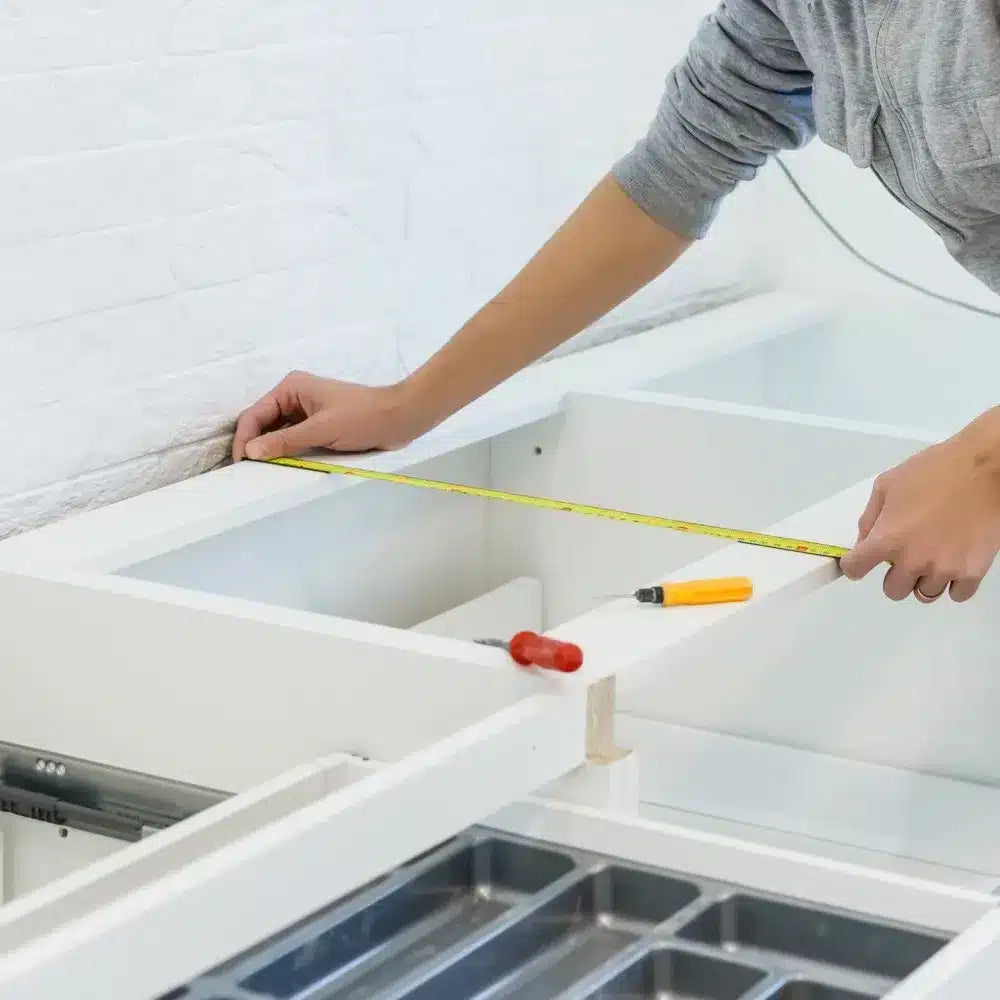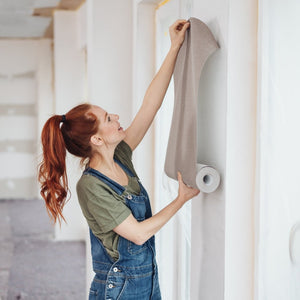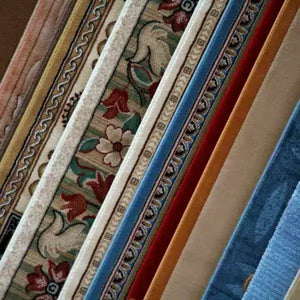Project One-Eleven is our non-toxic home renovation project. We’re taking an old row house that’s been serving as an office and converting it back into a residence where you’ll be able to come test mattresses and other Good Stuff.
Because we’re all about the Good Stuff, we’re using non-toxic and sustainable products, materials, and processes as much as possible. We’re blogging about the process to share the joys and challenges of taking a non-toxic approach to home renovation.
When it came time to select our countertops for the kitchen at 111, we reviewed a bunch of options. As usually, we were balancing cost, non-toxicity/earth-friendliness, and aesthetic while choosing among the following:








- Formica. While Formica itself is not considered toxic, it is almost always mounted onto particle board, which emits all sorts of undesirable VOCs. Likewise, the adhesives used to adhere Formica to the particle board is full of nasty stuff, including formaldehyde.
- Wood. There has been a resurgence in the use of wood for kitchen countertops. The industry has gone far beyond the butcher-block look that was so popular in the 1970’s, and there are some gorgeous wood countertops out there. The problem is that in order to prevent stains, mildew, and other damage to the wood, special sealers are often used…and, of course these often contain a range of toxins.
- Copper or Stainless Steel. Although these counters are non-toxic as well as visually attractive, the cost was beyond our budget.
- Tile. Ceramic or porcelain tile is a great non-toxic material, but experience has taught me that the upkeep of the grout joints is a bit of a pain. Grout joints also make countertops difficult to really keep clean, and we worried that our kitchen would look old before its time.
- Concrete. I happen to love love concrete countertops. They can be customized to create a wonderful surface. And while some of the sealers needed to keep concrete countertops in good shape can be toxic, I have used beeswax with great results for some projects. There are several other nontoxic finishes that can be found at Green Building Supply. In the end, our short timeline didn’t make concrete a good option for our project.
- Stone. For the past 20 years or so, granite has been the countertop stone choice for homeowners everywhere for good reason. It is attractive, durable, heat resistant, stain resistant, and easily maintained. Over the years the cost of some types of granite have become much more reasonable. From a toxicity viewpoint, granite only poses one potential downside: radon.
Here on the east coast, radon (the radioactive decay of radium-226) is a serious concern, and I urge you all to have the levels in your home tested. That said, there is no compelling evidence that granite countertops will significantly add to your radon load, although the studies are far from conclusive and have not been rigorous enough to rule out the possibility.
I have always been a big fan of soapstone. Geologically, it is not related to granite. It is far more resistant to heat than granite, and it is essentially impossible to stain. Unlike granite, soapstone cannot be polished to a high sheen. I am not a fan of highly polished stone countertops. They are “cold” to my eye and difficult to wipe down without leaving water marks everywhere. This is especially true of any of the darker toned granites. Soapstone only polishes to a matte finish that I happen to like.
Soapstone is more expensive than most popular granites, but because it is quite soft, the labor to cut and polish it is greatly reduced, which of course saves money and time. Because of how soft it is, anyone considering a soapstone counter should feel comfortable with the nicks and scars it quickly accumulates.
I have soapstone countertops in my full-time residence, and for Project 111, we used soapstone on all the countertops except the island.
When we were at our local granite shop, we found a gorgeous piece of Quartzite (not to be confused with man-made Quartz) that was already cut and polished to the exact dimensions of our island! It had been manufactured a year earlier, to the wrong dimensions of it’s intended home. Therefore the granite shop was happy to have us haul it away for a very nice price. Quartzite can be one of the more expensive types of stone. It is also NOT granite.
We did the installation ourselves…saving a few dollars. Don’t try it unless you have ample (wo)man-power and experience. The island was smaller than typical but Quartzite and Soapstone are very heavy. It took five strong dudes and one old guy (me) to get everything off the truck and into place.
Please ask any questions about countertops below!





